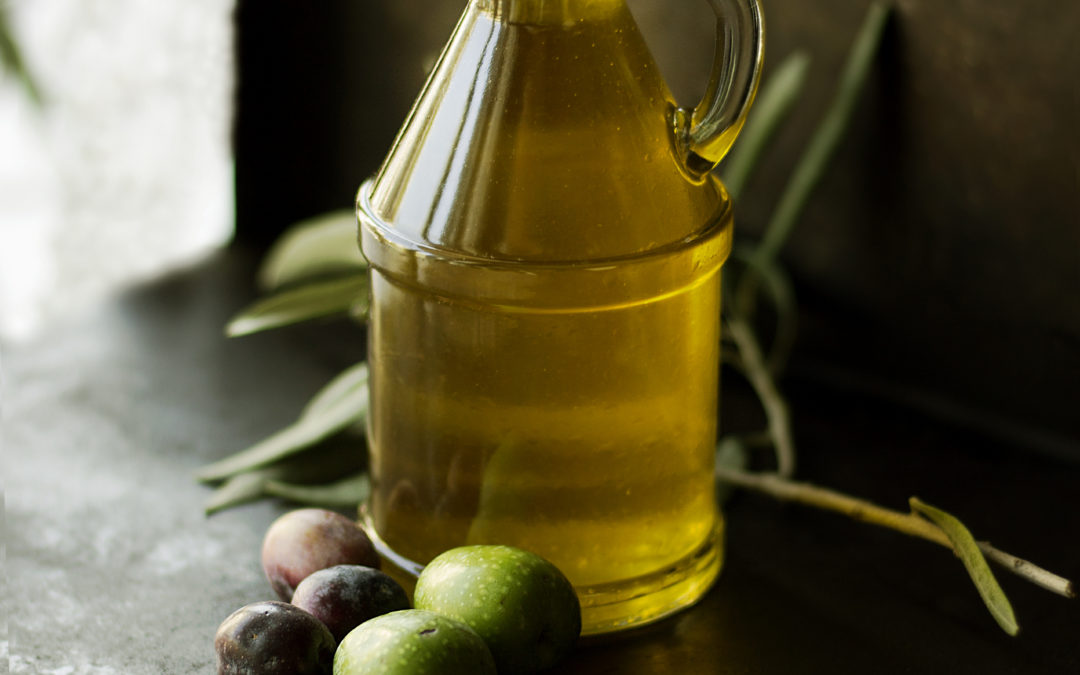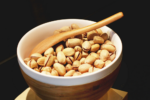For years, health experts preached that a low-fat diet was the gateway to health. They proclaimed fats as the enemy, linking them to cardiovascular and other diseases. The food industry jumped on this “theory” and bombarded us with fat-free and low-fat “food” options. A walk down the supermarket aisle will confirm our obsession with fat-free foods. To ensure that flavor was not compromised, sugars were added in increasing amounts. So, while our low-fat options exploded, so did obesity rates, as well as other related illnesses. Clearly, low-fat did not deliver the promised results. We now know that healthy fats DO NOT make us fat. In fact, they are one of the three macronutrients, along with carbohydrates and protein, that your body NEEDS to function at optimal levels. And, truth be told, fats help us stay slim!!
The Why
So, why do we need fats in our diets, how much is enough, and what kind of fats should we incorporate into a balance eating plan?
Fats provide essential fatty acids, protect your heart, keep your skin and hair soft and subtle, lubricate your joints, protect your nervous system, and protect cell membranes from inflammation. Fats deliver vitamins A, D, E, and K to your cells and are also are a great source of energizing fuel. So, you can see that your body really can’t function without them!
The What
THE BAD FATS:
Let’s take a closer look at the different types of fats. The SAD diet (Standard American Diet) consists mainly of artery-clogging saturated and trans fats. Why? Because they taste so good and are widely available in our food supply. Fats, together with sodium and sugars, enhance the flavors of foods and keep you coming back for more.
Most of us have heard about bad saturated fats. Usually solid at room temperature, these are found in animal products such as meat and diary. New research, however, shows that some saturated fats, such as coconut oil, can be metabolized by the body faster than others. Hence they are rarely stored as fat. Trans fats are unsaturated fats that have been altered though the process of hydrogenation to extend their shelf life. These should be avoided at all costs, as they are associated with heart disease and related illnesses (think: packaged cookies, pastries, muffins, candy bars, and cakes).
Healthy unsaturated fats play a huge role in your overall health and well-being. They are either polyunsaturated or monounsaturated fats and are considered good fats. They help lower cholesterol levels, which can reduce the risk for heart disease and type 2 diabetes. Polyunsaturated fats provide us with essential fatty acids. “Essential” means we must get them from our diet as our body does not manufacture them.
These fatty acids keep your brain functioning well and aid in the healthy growth and development of your body. Omega-3 fatty acids, found in oily fish such as salmon, tuna, and sardines, as well as flaxseeds, chia seeds, and walnuts, are central to reducing inflammation and heart disease. It’s always best to get your omega-3s from food, but supplement if you need to. Most people get too many omega-6 fatty acids from vegetable oils and margarine. Yikes! Monounsaturated fats are found in peanut butter, nuts, olive oil, sesame oil, and avocado.
For good health and a balanced diet, it is important to get fats from both polyunsaturated and monounsaturated sources. Keep in mind, though, that even the good fats should be eaten in moderation. All fats are calorie dense at 9 calories a gram. Expert guidelines suggest that 20-35 percent of your daily calories come from fat, with no more that 10 percent coming from saturated fats. And remember, the next time you are in the supermarket and spot a fat-free or low-fat label on a food item, take that as a red flag and your cue to run as fast as you can to the fresh produce section!
To your Health,
Patti







